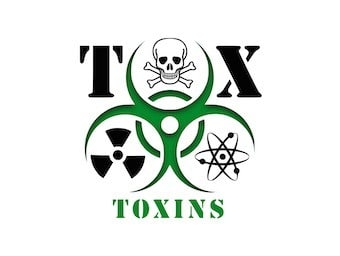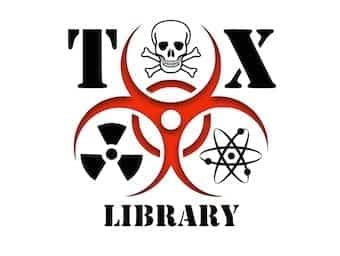
Digoxin poisoning
Acute digoxin poisoning manifests with vomiting, hyperkalaemia and brady-tachyarrhythmias potentially leading to death, whereas chronic digoxin toxicity is far more insidious, still with gastrointestinal symptoms but in addition bradycardia and automaticity on the ECG.


